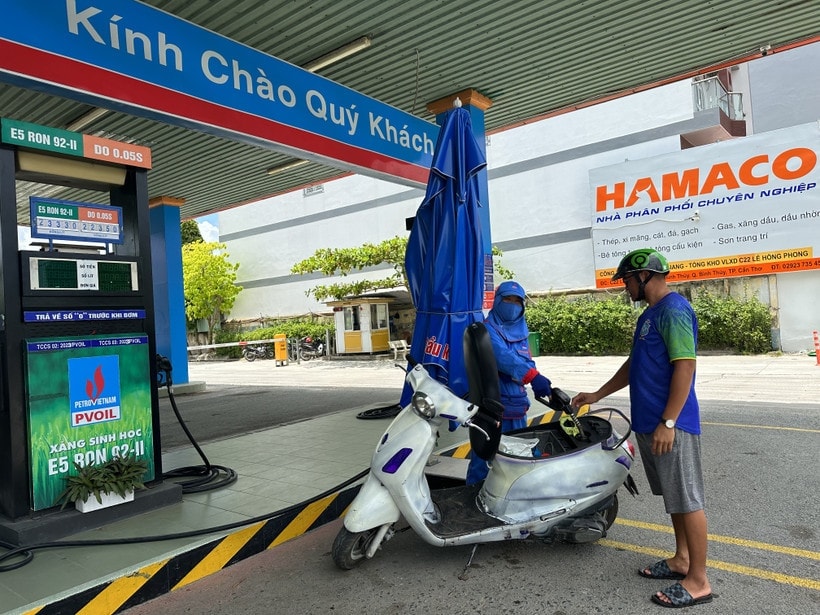Hai Phong, along with Ha Noi and Ho Chi Minh city will begin the sale of E10, a biofuel blend comprising 10% ethanol and 90% traditional gasoline, on August 1.

This will be Vietnam’s first step toward a nationwide transition to green fuel set to begin in 2026. E10, considered key to reducing CO₂ emissions, promoting domestic ethanol production and diversifying energy sources. It will gradually replace conventional gasoline.
The country’s two largest fuel distributors, Petrolimex and PVOIL, plan to roll out E10 by August 2025.
Petrolimex has prepared for its launch in Ho Chi Minh city by upgrading storage tanks and mixing technology, and will coordinate with refineries to maintain regular supply of E10. Ha Noi and Hai Phong will be the primary markets for PVOIL.
The August 1 rollout is designed to familiarize consumers with the new fuel, PVOIL chairman Cao Hoai Duong said. The company will also offer E10 blending services to other distributors to ensure steady supply across the market.
Petrolimex expects E10’s lower cost and greater environmental benefits than the traditional RON95 gasoline to attract consumers.
The country’s ethanol supply is currently being assessed in preparation for the launch and future expansion.
There are six ethanol plants in the country, two currently active and producing around 100,000 cubic meters annually. At full capacity, Vietnam can produce 500,000 cubic meters a year, enough to fully meet demand for E10 blending.
Imported ethanol can be a supplementary source during the early stages of the rollout. But in the long term Vietnam plans to rely entirely on domestic production and establish an agriculture-energy value chain. Feedstock with wildly fluctuating prices such as cassava and corn could find stable demand as the biofuel sector grows.
Vietnam has pledged to achieve carbon neutrality by 2050.
TB (according to VNE)